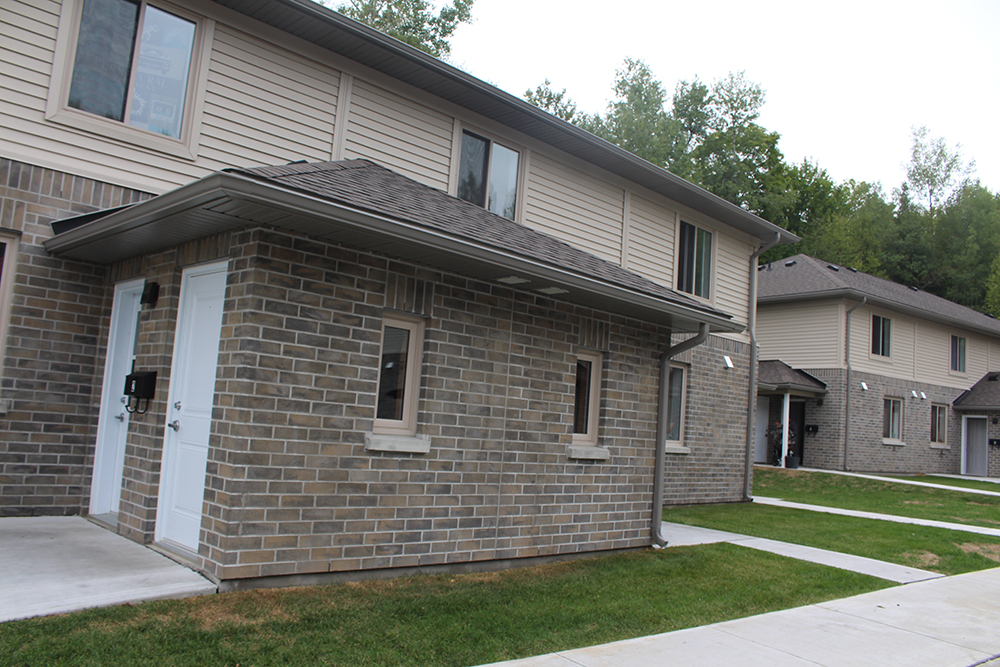The County of Haliburton is aiming to create 750 new affordable rental units within the municipality over the next 10 years.
County council formally adopted the target during its Sept. 25 meeting. The City of Kawartha Lakes housing services manager Hope Lee brought the targets forward as part of a new 10-year Housing and Homelessness Plan. Lee said demand remains high, with the city and county experiencing low vacancy rates and private developers prioritizing building homes geared for ownership.
But Lee said setting housing targets at higher levels would help.
“It will significantly increase the number of units that are being developed,” Lee said. “But it will also help us to meet the demands that are out there.” L
ee said the target would take continued support from all three levels of government, as well as from partners like the Kawartha Lakes Haliburton Housing Corporation, which projects to build 150 of the new units.
Private sector partners will also need to contribute, she said.
“Sometimes, it’s not clear to some of those partners what affordable housing means.”
CAO Mike Rutter said that understanding could come with more work communication with developers.
“We need to show them we can actually make a business case (for affordable housing),” Rutter said. “Be able to make face-to-face contact.”
Within the 750-unit target, 270 would be geared to low-income renters, with a gross annual household income of $21,000 or less. About 200 units would be geared to middle-income renters, with income from $21,000-$36,600. Another 280 units would be supportive units with extra features for elderly, disabled and/or other vulnerable people.
Under the targets, the City of Kawartha Lakes would also produce 2,000 new affordable rental units within its borders. Coun. Andrea Roberts said the targets appear daunting.
“I look at those targets and I don’t know how we’re going to achieve them,” she said.
Coun. Cec Ryall said although the targets are hard to reach, the county stands to improve by pursuing them.
“If we achieve 80 per cent of any of those targets, we’re 80 per cent better than we are today,” Ryall said. “I’m not as worried about the achieving of the targets themselves as by the process we use to get there.”





